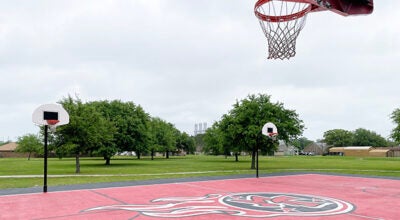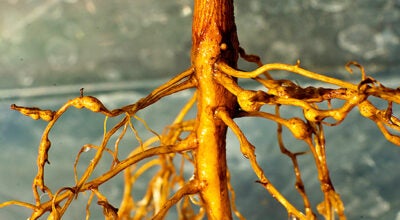MOORE OUTDOORS: Feral hog facts masked by hype
Published 9:41 pm Saturday, March 4, 2017
No animal in North America receives more hype than the feral hog.
Whether is an overemphasis on their danger to people or a lack of recognition of their sporting value, hog facts are often buried deep beneath misinformation.
This week I though it would be fun to give five hog facts that few people may recognize but that paint a more accurate picture of an increasingly common animal in Southeast Texas.
Sus scrofa: Sus scrofa, the Eurasian boar, is where all domestic strains of hog and the feral hogs we see in the United States got their start.
Ranging from western Europe to China, these hardy animals are a true wild species that was domesticated thousands of years ago to create the many breeds we see now. Just as all dogs come from the gray wolf, all hogs come from the Eurasian boar. It might seem hard to imagine a big “Russian Boar” as we often call them producing a potbelly but the gray wolf after thousands of years ended up at the Yorkie so go figure.
Pineywoods Rooters: I probably did not hear the term “feral hog” until I was a teen. Before that it was “Pinewoods Rooter”. That is what hogs were called in East Texas and there is actually a classic look to these animals.
A “rooter” had a longer snout than many of the wild hogs we see now an was a little thinner in build with slightly longer ears. This no doubt came from the domestic strains of hogs that hybridized throughout the years in East Texas as it used to be common practice to raise hogs by allowing them to roam the creek and river bottoms and then rounding them up once a year to butcher.
Rooters were known for their long, curling tusks. There used to be a skull at the late Nick Wingate’s Meat Market in Orange that had the most amazing, curling tusks and that was sort of the prototype of the classic rooter.
The introduction of hogs from central and south Texas than had more Eurasian boar influence changed things in the 80s and 90s but out there hunters still occasionally bag one that looks like a rooter throwback.
Humans Caused Hog Boom: The reason hog numbers skyrocketed in East Texas beginning in the early 1990s was the proliferation of high fenced hunting operations that brought in hogs from other areas for commercial hunting purposes. Many of those hogs escaped of course and added to the already strong population of hogs that mainly lived on the creek and river bottoms of the region.
Hunters moving hogs from one place to another is a giant part of their boom and is in fact why Kansas and New York have both banned hog hunting. They have small numbers and figure with trapping and paying professional hunters they ca keep it better under control than if hunting was allowed and some hunters were inspired to move hogs to different parts of the state.
I’m not saying they are right but that is their reasoning.
Hogs are Predators: Hogs are technically omnivores meaning they can thrive on plant and animal material but they are masters at preying on other animals.
There are numerous videos showing hogs in Europe preying on spawning carp. Hogs regularly prey on deer fawns in certain areas and have been documented to kill and eat calves, particular in Southwest Texas.
Hogs as Prey: Feral hogs are the apex animal in most of their range in Texas. Mountain lions will feed on them and in fact are great predators of young hogs. They have also been documented killing full adults.
Bobcats and coyotes also kill young hogs but for the most part hogs are at the top of the food chain once they get over about 150 pounds in Texas.
That is unless they run into one of the few black bears that inhabits the Pinewoods or one of the growing number of bears in the Trans Pecos.
•
To contact Chester Moore, email chester@kingdomzoo.com. You can hear him on “Moore Outdoors” Fridays from 6-7 p.m. on Newstalk AM 560 KLVI.






